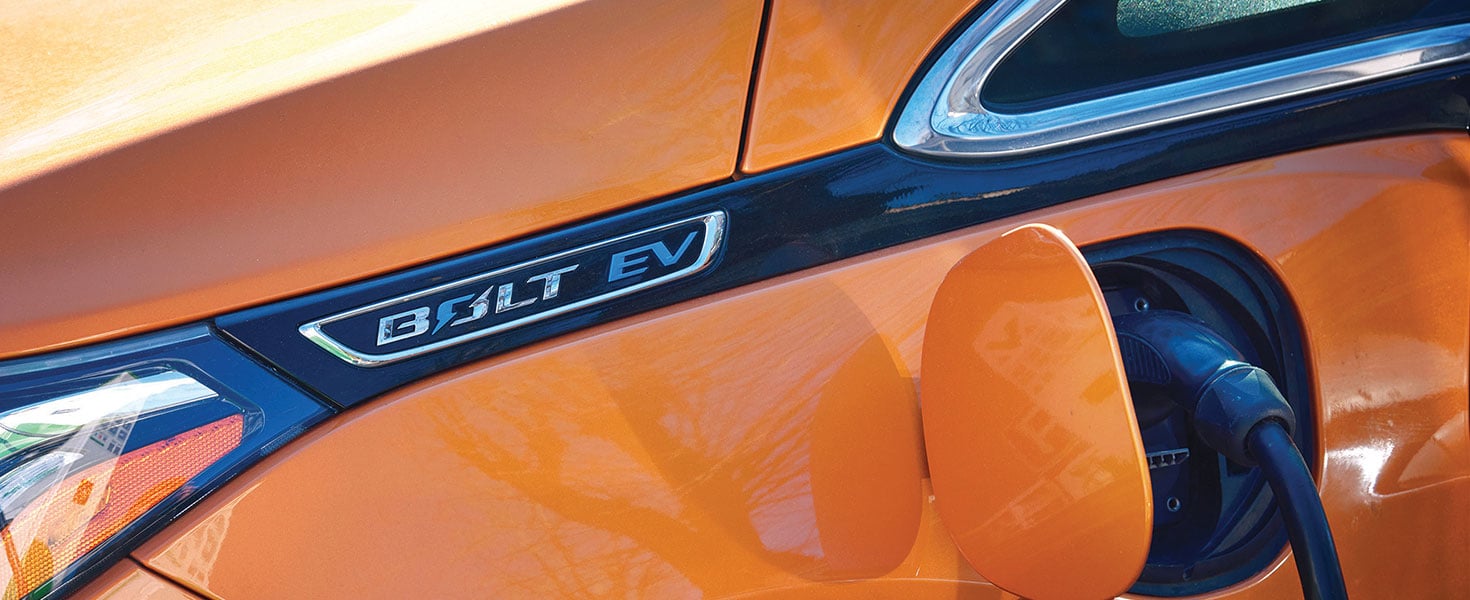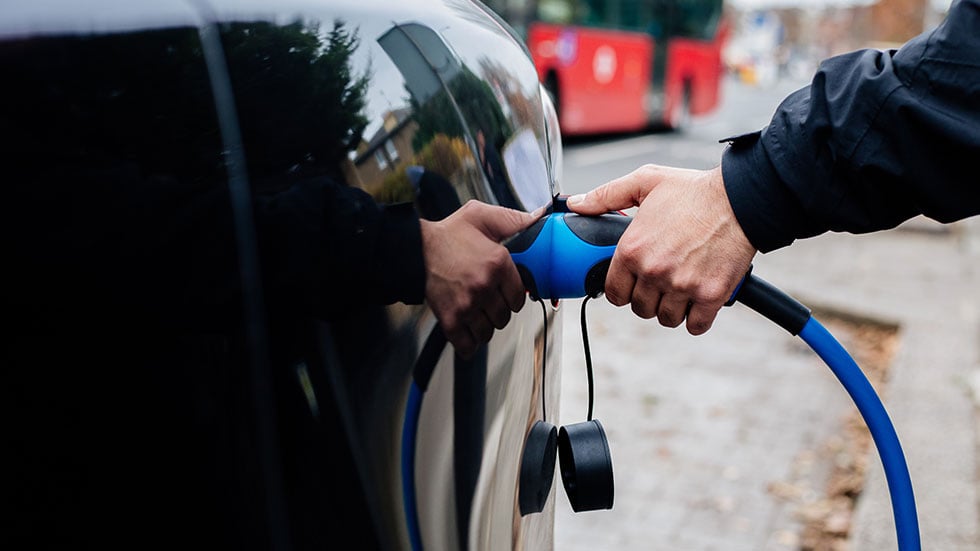The World is Moving to Electric Vehicles - Here's Why
Car doctor explains rapid growth in ev sales


Following a slow start more than a decade ago, electric vehicle (EV) sales have grown rapidly over the last two years. What has changed to make them more appealing?
Perhaps most important is the increase in the distance EVs can go without recharging. The first EV introduced in the US by a major automaker 12 years ago had a range of 73 miles. Today, EVs can generally cover 200 miles on a single charge, and many can go 300 miles or more.

Government incentives have also played a role in increasing EV sales, though federal tax credits may not be a major factor now. Note that about two-thirds of EV sales are Teslas. But buyers of these models are no longer eligible for federal tax credits, which are offered only to the buyers of the first 200,000 EVs made by a manufacturer. Tesla, along with General Motors, passed that threshold years ago, with Ford not far behind. Many states, however, do still offer incentives.
More people are aware of the potential savings that EVs can deliver, even though they cost more to buy. Several studies have concluded that over the life of the vehicle, EVs can save owners thousands of dollars. Credit lower fuel and maintenance costs for much of that.
EV model choices have also expanded. At first, EVs were mostly small sedans. Now, there are large sedans, hatchbacks, crossovers and sport-utility EVs. Even pickup truck buyers now have battery-powered options.
Do people want them? Earlier this year, Ford quickly sold all the F-150 Lightning pickup trucks and Mustang Mach-E crossover EVs it could make in 2022. So, yes, people like them.
EVs are fun to drive, too. Acceleration is brisk, instant and almost completely noise-free, while under-floor battery packs lower the center of gravity.

What about infrastructure? It’s improving, though it still has a long way to go. There are now more than 113,000 public charging stations in this country, though more than a third of these are concentrated in California.
Since EVs pollute less and are far more efficient than gasoline-powered vehicles, governments around the world are mandating a phaseout of new gasoline-powered vehicles. In the US, California and New York have banned the sale of these cars starting in 2035. Worldwide, more than 20 nations that account for the lion’s share of new vehicle sales have announced dates for banning the sale of new vehicles with internal combustion engines. The earliest bans roll out in South Korea and Norway (in 2025), Belgium (2026) and Austria (2027).
EVs are still not for everybody. New EVs tend to be more costly up front, though there are long-term cost savings, and the range on a single charge may remain an issue for some drivers. Charging at home can also be difficult for apartment/condo dwellers. Still, expect EVs to become more attractive and common in the future. You may eventually park one in your driveway.
